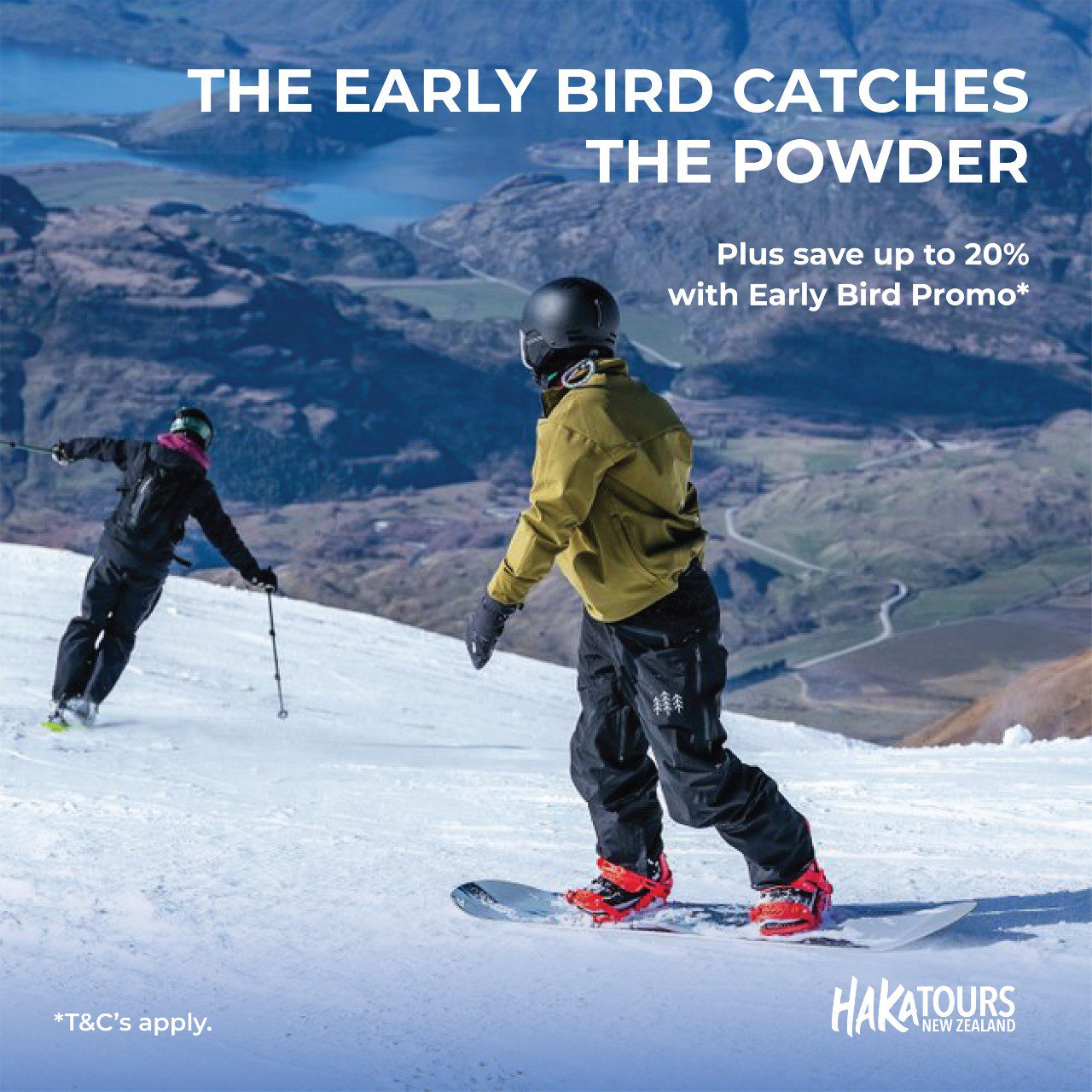Every year in our Altitude physiotherapy clinics across Australia and Japan we see a steady stream of knee injuries from skiing and with the southern hemisphere season less than a month away, its time to get wise in part one of our knee education series starting with ligaments.
What are ligaments
Essentially, ligaments are like pieces of rope that cross over joints to hold the bones together and give the joint passive stability.
As you can see in the diagram below there are four main ligaments in the knee, one on each side (the medial and lateral collateral ligaments) and two that form a cross through the middle of the knee (the anterior and posterior cruciate ligaments).
Different ways of falling and twisting predispose different ligaments to injury, often simultaneously.
Stages of Ligament Injuries
Grade 1
Minor injury with no laxity. Less than 30% of ligament fibers are torn. Usually accompanied by mild swelling and pain.
Grade 2
Moderate injury with some laxity but still a firm “end feel” (a nice solid block that limits the movement). Between 30-80% of fibers are torn. There will be significant swelling and pain, and specialized management is very important to ensure strong healing.
Grade 3
Severe injury or rupture. Excessive laxity with no real end feel, where 80–100% of the fibers are torn. Grade 3 tears may present more as instability rather than simply pain. This is because the two torn ends of the ligament are not joined any more. These injuries may (although not always) require surgical reconstruction.
Anterior Cruciate Ligament (ACL) Ski Injuries
ACL injuries usually occur when the tibia (shin bone) is sheared forwards whilst rotating from underneath the femur (thigh bone). Or when the knee is hyperextended (over straightened).
There are a number of mechanisms of ACL injury that are unique to skiing and have very descriptive names like “The Phantom Foot”, “The Boot Induced” and “Slip catch” mechanisms. I’ll leave it to you inquisitive types to look those up if interested.
Some common skiing scenarios that can predispose us to this include attempting to get up whilst still moving after a fall, attempting a recovery from an off-balance position and catching an edge at high speeds.
How do I know if I have injured my ACL?
There are two classic things that people report with ACL injuries. The first is hearing a “pop” during the fall, and the second is a large swelling that appears rapidly (within 1-2 hours). This type of swelling is called a haemarthrosis, which means bleeding directly into the joint.
Other common things that people report after an ACL injury include:
- Pain – although this can vary from person to person. Remember the rope is not held together anymore, which means that after the initial trauma it may not hurt as much as you’d think.
- Inability to put weight through the knee.
- Instability and feeling like the knee may give way.
- Loss of range of movement in both directions.
Assessment in the clinic includes a thorough history and then several specific tests to check the integrity of the ACL. Partial tears of the ACL are treated in similar ways to partial tears of other ligaments, but suspected ruptures (Grade 3) require an MRI and an orthopaedic specialist review.
Will I need surgery?
It’s important to note that not everyone who ruptures his or her ACL (and wants to ski again) needs to have it surgically repaired. The decision to do so is individualized and based on a multitude of factors that will be discussed with both your physio and orthopaedic specialist.
Surgery or no surgery, physio led rehabilitation is vital for progressing back to full function and reducing the risk of further injury to your knee.
Treatment and management of knee injuries vary with the degree of ligament damage, a system for grading the severity of injury is used. We use manual tests to establish this degree of injury and sometimes an investigation such as an MRI is deemed necessary.
Medial Collateral Ligament (MCL) Injuries
This injury is surprisingly more common than an ACL injury, but talked about a lot less because it has the capacity to heal without surgery when managed appropriately.
The mechanism of injury here is a “valgus” force, whereby the foot moves outwards compared to the knee. This can be the result of a fall, the skis crossing, the snowplow stance widening, a missed landing on a snowboard; the list on the hill goes on!
High-grade MCL injuries are placed in a fixed brace to help the ligament to heal. In this time your physio will give you exercises to maintain the strength around the knee among other things. And once you are out of the brace its full steam ahead with restoring your proprioception, lower limb strength, agility and power so you can get back on the slopes.

What should I do if I injure my knee?
Check to see if you have swelling (especially if this occurs rapidly within a few hours), the knee does not seem to be sitting in its normal position, you hear a ‘popping’ sound or similar during your fall and when you try to weight bear after, you are unable to take at least a moderate amount of weight through your knee due to pain and/or instability (the feeling your knee will give way), you aren’t able to fully straighten your knee or there is sharp localised tenderness over one or two areas of your knee.
If you have any of these signs then you should apply the P.O.L.I.C.E principal immediately. P.O.L.I.C.E is an acronym for Protection, Optimal Loading, Ice, and Compression & Elevation. The Protection and Optimal Loading component is obtained via medical opinion on how to best manage your knee so it’s best to see a medical specialist.
Remember to seek appropriate care as soon as you have any of the signs or symptoms we have discussed and enjoy your time on the slopes.






























Kate you’re a legend! You’re the one that attended to me at your clinic after I did my ACL in Furano. You helped talk with my travel insurance and helped get me a home! I don’t think I ever got to say a final thanks, but it saved me a lot of strife!
I’ve since had surgery and was back on skis last year, just over a year after surgery!